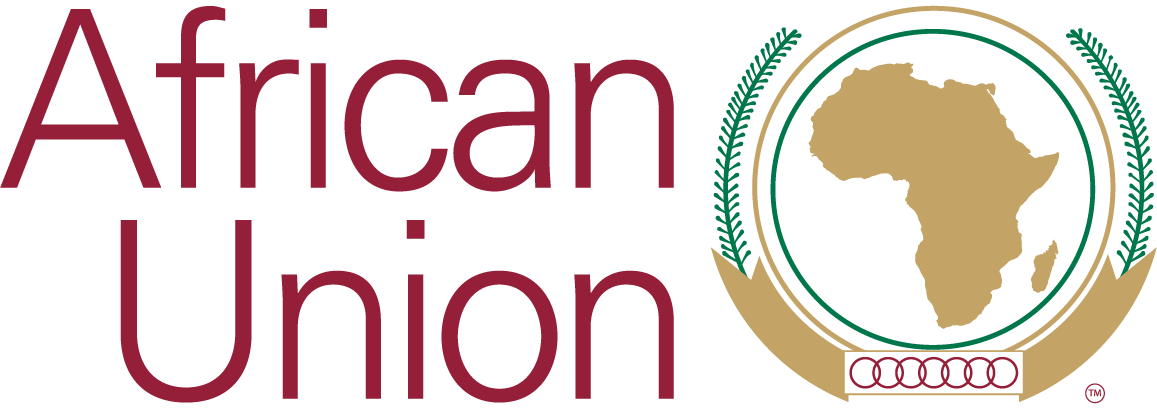Topic Resources
Executive Council Twenty-Eighth Ordinary Session Decisions
23 - 28 January 2016
Addis Ababa, ETHIOPIA
Agenda 2063 is Africa’s development blueprint to achieve inclusive and sustainable socio-economic development over a 50-year period.













